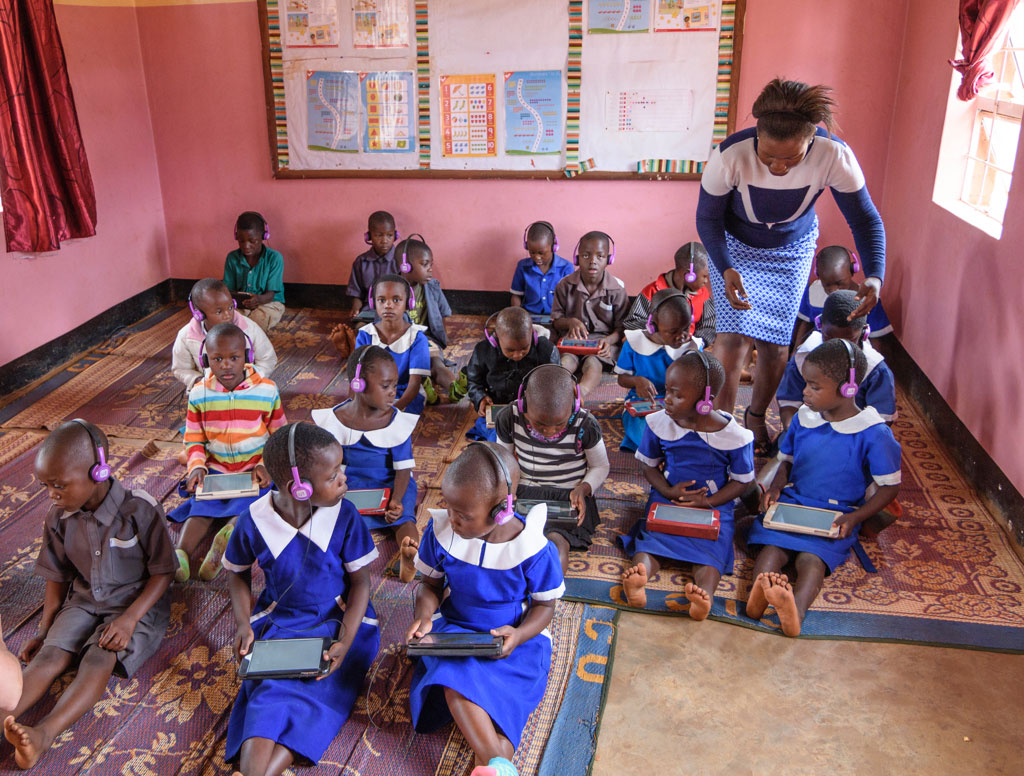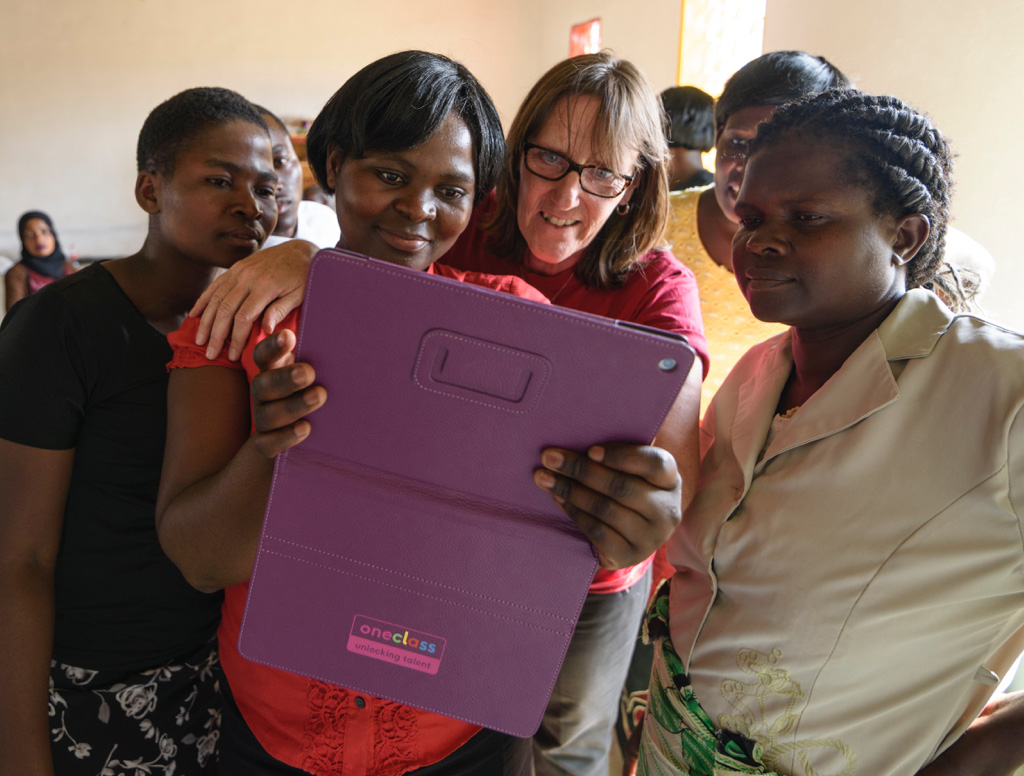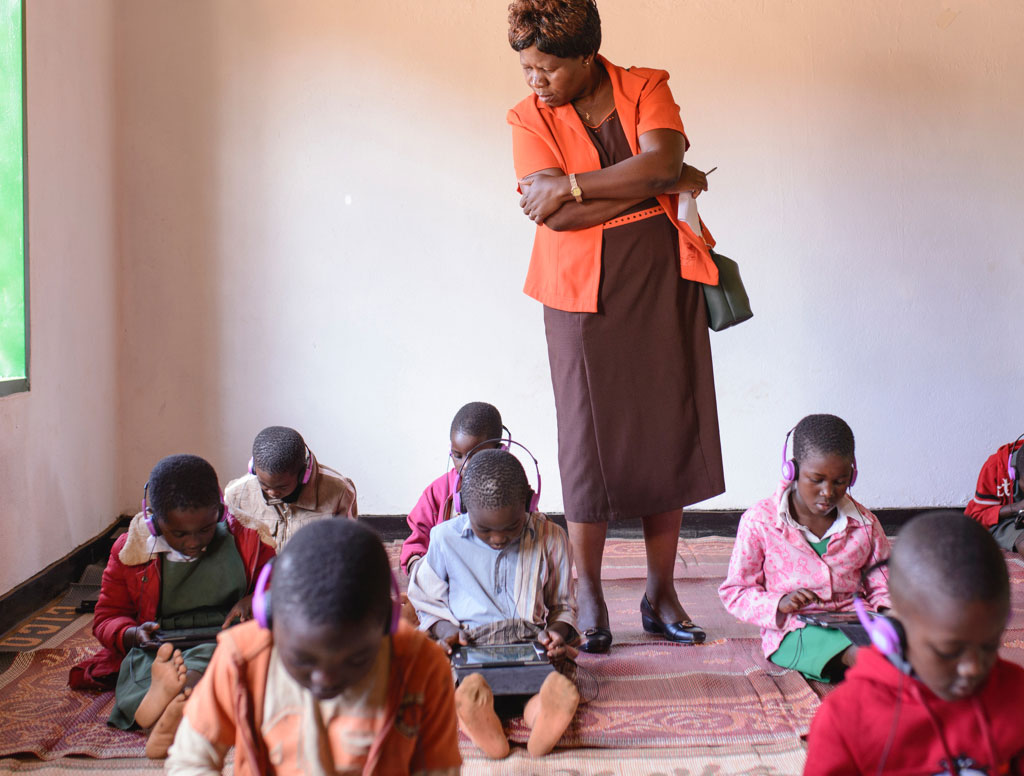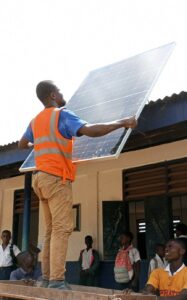What is Child-Directed, Tech-Enabled Learning?
Children drive their own learning, at their own pace, using software that provides a complete, research-based curriculum and pedagogy. Adults play a supportive, facilitative role. The software is delivered to the learner on a tablet, without connectivity, and charged by solar power or other appropriate energy sources.



